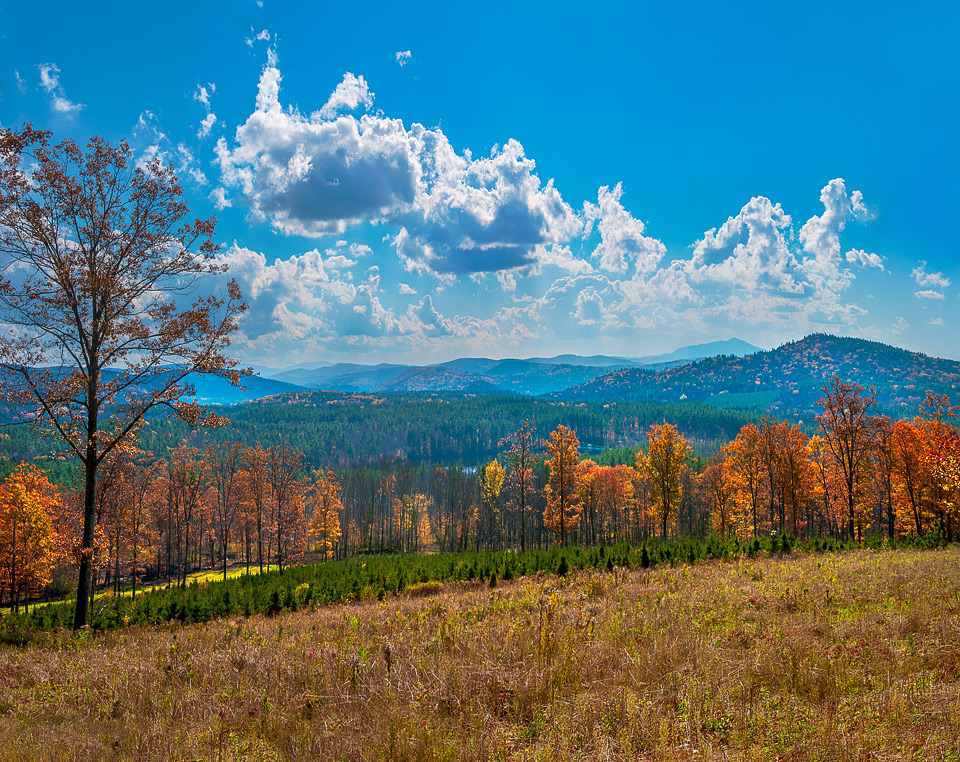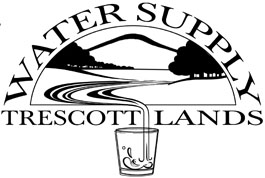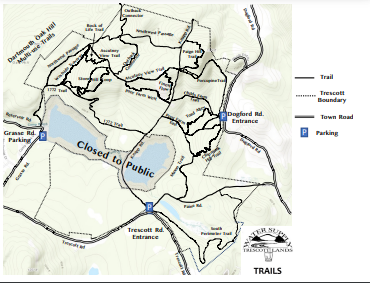
The vast lands that provide Hanover’s drinking water supply comprise one of the largest undeveloped and ecologically significant tracts remaining in town. With their well-managed forests, prime habitat, and excellent farm soils, the Trescott lands offer crucial connectivity for wildlife between Oak Hill and the protected Appalachian Trail corridor.
Our drinking water comes from these lands. Please help keep this beautiful area open for all to enjoy, by observing these simple rules:
- Welcomed uses on shared trails: walking, hiking, snowshoeing, XC skiing, mountain biking, walking of leashed dogs, nature study, photography, scientific and historical research, geo-caching, orienteering, hunting, horseback riding.
- Prohibited at all times: motorized vehicles, camping, feeding waterfowl, alcohol, off leash dogs, all activity near reservoirs.
- The reservoirs are strictly off-limits, frozen or not – no swimming, wading, boating, fishing, skating or walking on ice.
- Land within 250’ buffer of each reservoir is also closed, except for Knapp Road which passes just below the Parker Reservoir Dam. Please stay on the road in this area.
- Dogs MUST BE LEASHED at all times, everywhere on the property. Pet waste must be carried out. Trapping occurs here (to protect the dams from burrowing animals) and your dog will be safer on a leash. If your dog needs to run free, this isn’t the place.
- Stay off trails during muddy times.
- Yield to forestry vehicles.
- Daylight hours; open dawn to dusk only.
- Carry in/carry out all trash, including dog waste.
Please help protect your drinking water by following these rules at all times!

Management Priorities for the Trescott Lands:
- Provide clean, pure drinking water.
- Conduct careful forestry for clean water; manage deer to promote a healthy native forest.
- Allow respectful recreation that does not interfere with forest management or threaten the water supply.
Resources
- Report trail conditions (external form)
- Look online: Hanover Water Department
- Call Hanover DPW: (603) 643-3327
- Urgent safety concerns: call 911 or Hanover Dispatch at (603) 643-2222
Geocaches
Hike of the Month Archive
February: Childs Farm Loop
March: View of Mt. Ascutney
September: Trescott/Paine/AT Loop
September: Paine Road
Related Articles
| New Trail Guide for Trescott Water Supply Lands! | June 9, 2022 |
| New Trail Map for Trescott Water Supply Lands | January 19, 2022 |
| Childs Farm Loop at Trescott Lands | February 1, 2020 |






